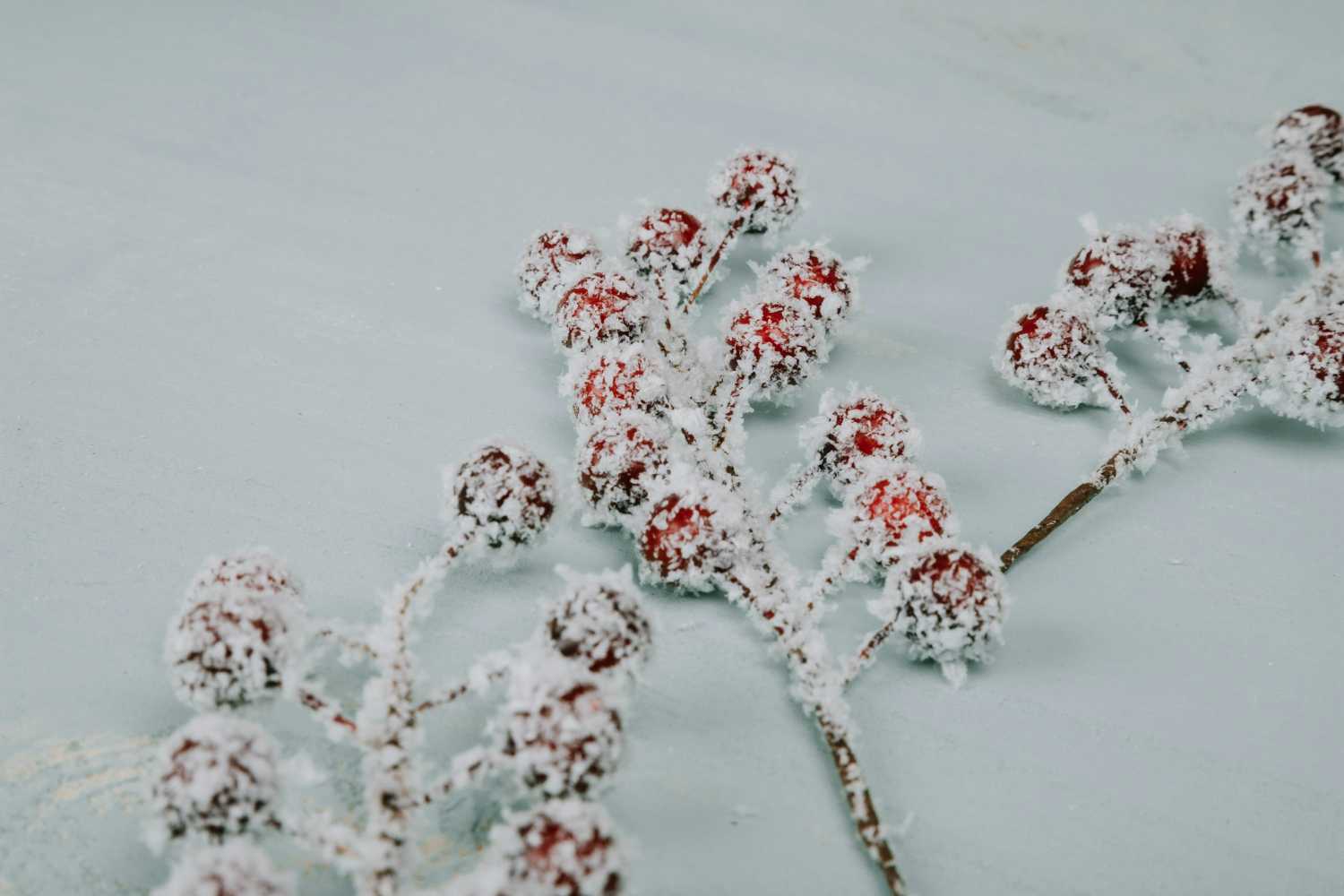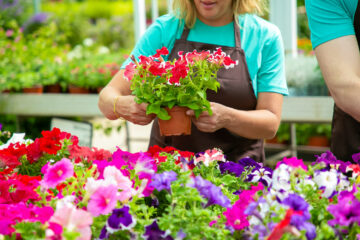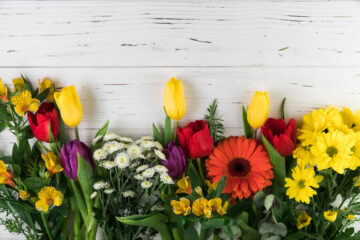Discover the beauty of winter flowers like pansies, hellebores, snowdrops, winter jasmine, cyclamen, and camellias. Learn essential gardening tips for soil preparation, fall planting, watering, and frost protection to ensure your garden thrives in the cold. Explore indoor options for harsh climates, such as amaryllis and Christmas cactus. Design your garden with vibrant color contrasts, tackle limited sunlight, and manage pests. Winter blooms not only enhance your garden’s aesthetics but also support pollinators and boost mental well-being.
Table of Contents
ToggleTop Winter Flowers
- Pansies: These cheerful faces come in a rainbow of colors and can withstand light frosts.
- Hellebores: Also known as Christmas roses, these nodding beauties bloom from late winter to early spring.
- Snowdrops: True to their name, these delicate white flowers often push through snow.
- Winter Jasmine: Bright yellow flowers on leafless stems bring a touch of sunshine to winter gardens.
- Cyclamen: With swept-back petals in shades of pink, red, or white, cyclamens add exotic charm to winter landscapes.
- Camellias: These evergreen shrubs produce stunning rose-like flowers in late winter.
Growing Tips
Successful winter gardening requires some special considerations:
- Soil Preparation: Ensure well-draining soil enriched with organic matter.
- Planting Time: Plant in early fall to allow root establishment before frost.
- Watering: Water deeply but less frequently than in summer.
- Protection: Use mulch to insulate roots and consider frost cloths for tender plants.
- Fertilization: Use a low-nitrogen, high-phosphorus fertilizer to encourage blooming.
Indoor Winter Flowering Plants
For those living in extremely cold climates or lacking outdoor space, indoor winter flowers can bring vibrant color and life to your home during the darkest months. Here are some top choices:
- Amaryllis
- Large, trumpet-shaped flowers in bold reds, pinks, whites, and even striped varieties
- Easy to grow from bulbs, typically blooming 6-8 weeks after planting
- Prefer bright, indirect light and well-draining soil
- Can be encouraged to rebloom annually with proper care
- Christmas Cactus
- Produces cascading flowers in shades of pink, red, or white
- Blooms in response to shorter daylight hours and cooler temperatures
- Prefers bright, indirect light and high humidity
- Long-lived plants that can be passed down through generations
- Paperwhites
- Fragrant, cluster-flowering narcissus with delicate white blooms
- Can be forced to bloom indoors in water or soil
- Typically flower 4-6 weeks after planting
- Perfect for creating a festive holiday atmosphere
- Orchids
- Various species bloom in winter, including Phalaenopsis and Paphiopedilum
- Wide range of colors and flower shapes available
- Require specific care but can bloom for months
- Thrive in bright, indirect light and high humidity
- African Violets
- Compact plants with velvety leaves and delicate flowers
- Come in various shades of purple, pink, and white
- Can bloom year-round with proper care
- Prefer warm temperatures and moderate humidity
- Kalanchoe
- Succulent with clusters of small, bright flowers
- Available in reds, oranges, yellows, and pinks
- Low-maintenance and tolerant of dry indoor conditions
- Blooms can last for several weeks
Care Tips for Indoor Winter Bloomers:
- Provide adequate light, but avoid direct sunlight which can burn leaves
- Maintain consistent temperatures, avoiding cold drafts
- Water carefully, as most indoor plants are more susceptible to overwatering in winter
- Increase humidity with pebble trays or room humidifiers
- Fertilize sparingly, as most plants have reduced nutrient needs during winter
By incorporating these indoor flowering plants, you can enjoy a colorful indoor garden even when outdoor conditions are harsh. They not only brighten your living space but also help purify indoor air and boost mood during the winter months.
Designing Your Winter Garden
Create visual interest by combining flowers with evergreens and plants with colorful berries. Consider the stark winter landscape when planning your color scheme – whites and pastels can get lost in snow, while bold reds and purples stand out.
Color schemes
- Embrace contrast: Use bold colors like reds and purples to stand out against snow
- Consider plant foliage: Incorporate plants with colorful stems or leaves (e.g., red twig dogwood)
- Layer different shades: Combine various whites, silvers, and greens for a subtle, elegant look
- Use berries: Plants like holly or winterberry add pops of color
Texture and form
- Mix different plant shapes: Combine upright, mounding, and trailing forms
- Include evergreens: Provide structure and year-round interest with conifers and broadleaf evergreens
- Add ornamental grasses: Many retain their form through winter, adding movement and texture
Hardscaping elements
- Incorporate stone features: Walls, paths, or sculptures add visual interest when plants are dormant
- Install garden lighting: Highlight key plants or features, especially during short winter days
- Consider water features: A heated bird bath or small fountain can attract wildlife
Plant placement
- Create windbreaks: Use evergreens or structures to protect delicate plants from harsh winds
- Maximize sunlight: Place winter-blooming plants in south-facing areas for more warmth and light
- Group plants with similar needs: Cluster those with similar water and soil requirements
Four-season interest
- Plan for succession: Include plants that bloom or show interest in different seasons
- Use container gardens: Easily swap out plants for seasonal displays
- Incorporate winter fruits: Plants like crabapples or rose hips provide food for wildlife and visual appeal
Microclimate considerations
- Identify warm spots: Areas near buildings or walls can support less hardy plants
- Use raised beds: They warm up earlier in spring, extending the growing season
- Consider snow patterns: Plan for areas where snow tends to linger or melt first
Challenges and Solutions
Winter gardening isn’t without its challenges. Limited sunlight can be addressed by choosing shade-tolerant varieties and strategically placing plants to maximize light exposure. Protect against pests and diseases by maintaining good air circulation and avoiding overwatering.
Benefits Beyond Beauty
Winter flowers do more than prettify your yard. They provide crucial food for bees and other pollinators during scarce times. Moreover, tending to a winter garden can significantly improve your mental health, offering a connection to nature and a sense of accomplishment during the long winter months.
In conclusion, with careful selection and proper care, you can enjoy a vibrant garden year-round. So don’t let winter stop you – get planting and enjoy the unique beauty of cold-season blooms!





